原标题:丁酸对猪结肠细胞凋亡及粪臭素形成和组织沉积的影响
Effects of butyrate on apoptosis in the pig colon and its consequences for skatole formation and tissue accumulation
作者:R. Claus*, D. Losel*, M. Lacorn*, J. Mentschel*, and H. Schenkel†2
*FG Tierhaltung und Leistungsphysiologie, Institut Tierhaltung und Tierzu¨ chtung and
†Landesanstalt fu¨ r Landwirtschaftliche Chemie, Universita¨t Hohenheim, 70599 Stuttgart, Germany
来源:J. Anim. Sci. 2003. 81:239–248
翻译:肠动力研究院 梁琦
【摘要】相关研究已表明丁酸可抑制动物结肠隐窝细胞的凋亡,因此,更少的凋亡细胞的色氨酸被猪结肠微生物利用,从而产生的粪臭素含量相应减少。本试验通过喂食马铃薯淀粉(含有高比例抗性淀粉;PS)来验证该假设:结肠中丁酸浓度的增加有助于减少猪上皮细胞的凋亡,从而降低粪臭素的形成和吸收。
试验选取12头颈静脉插管的阉猪(55-65kg)平均分成两组,对照组:饲喂糊化淀粉(回肠消化率高);PS组:饲喂糊化淀粉+马铃薯淀粉(回肠消化率低),每组6只。饲喂方式如下,对照组猪每天喂食2.19kg糊化日粮(31MJ的可代谢能量和381g粗蛋白),试验周期19天。而PS组猪前10天先喂食与对照组相同的糊化日粮,之后饲5天PS日粮再喂食2.49kg/d马铃薯淀粉日粮(保证两组猪的能量和蛋白供应相同),试验周期34天。试验过程中,研究人员采集猪的粪便并测定了其pH值、短链脂肪酸和粪臭素浓度。另外从每天取样的血浆中也测量了粪臭素含量。试验结束后杀死阉猪,收集的脂肪组织用于粪臭素浓度的测量,而结肠组织则用于有丝分裂和细胞凋亡的组织学定量。研究结果显示,与PS组参照期和对照组相比,饲喂马铃薯淀粉日粮可使猪粪便中丁酸浓度增加2.2倍(P <0.001)。喂食PS使得猪粪便pH从7.3下降至5.3(P <0.001),每个结肠隐窝的细胞凋亡数从2.06降至0.90(P <0.01),而有丝分裂没有变化。粪臭素浓度在粪便(对照组与PS组:120.0 vs 1.9 g / g; P <0.001)和血浆中均显著降低(1.6 vs 0.2 ng / mL; P <0.001)。对照组猪脂肪组织中粪臭素的平均浓度为167 ng / g,PS组则显著低于检出限(0.8 ng / g)(P <0.001)。研究结果表明,喂食马铃薯淀粉抑制阉猪结肠中粪臭素的产生可间接证明丁酸能够有效的抑制结肠细胞凋亡。猪肉的感官品质可能随着粪臭素水平下降而相应提高。
【关键词】细胞凋亡;丁酸;结肠;猪;马铃薯淀粉;粪臭素
以下是实验中相关图表
表1:两组试验日粮的组成和营养供应
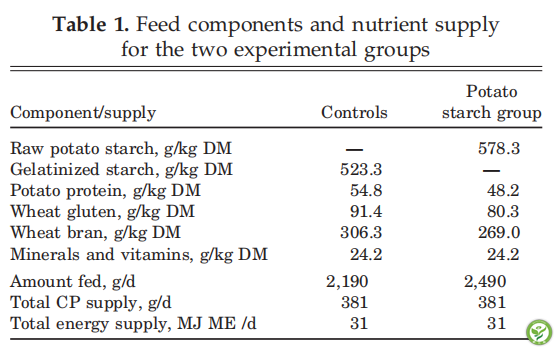
图1:对照组(左)和马铃薯淀粉(PS)组(右)猪的粪便中的乙酸,丙酸和丁酸的浓度(平均值±标准误)。PS组的日粮变化用虚线表示,与参考期相比,PS日粮使乙酸增加1.6倍(P <0.001),丁酸增加2.2倍(P <0.001)。参考期与对照组没有显著差异。
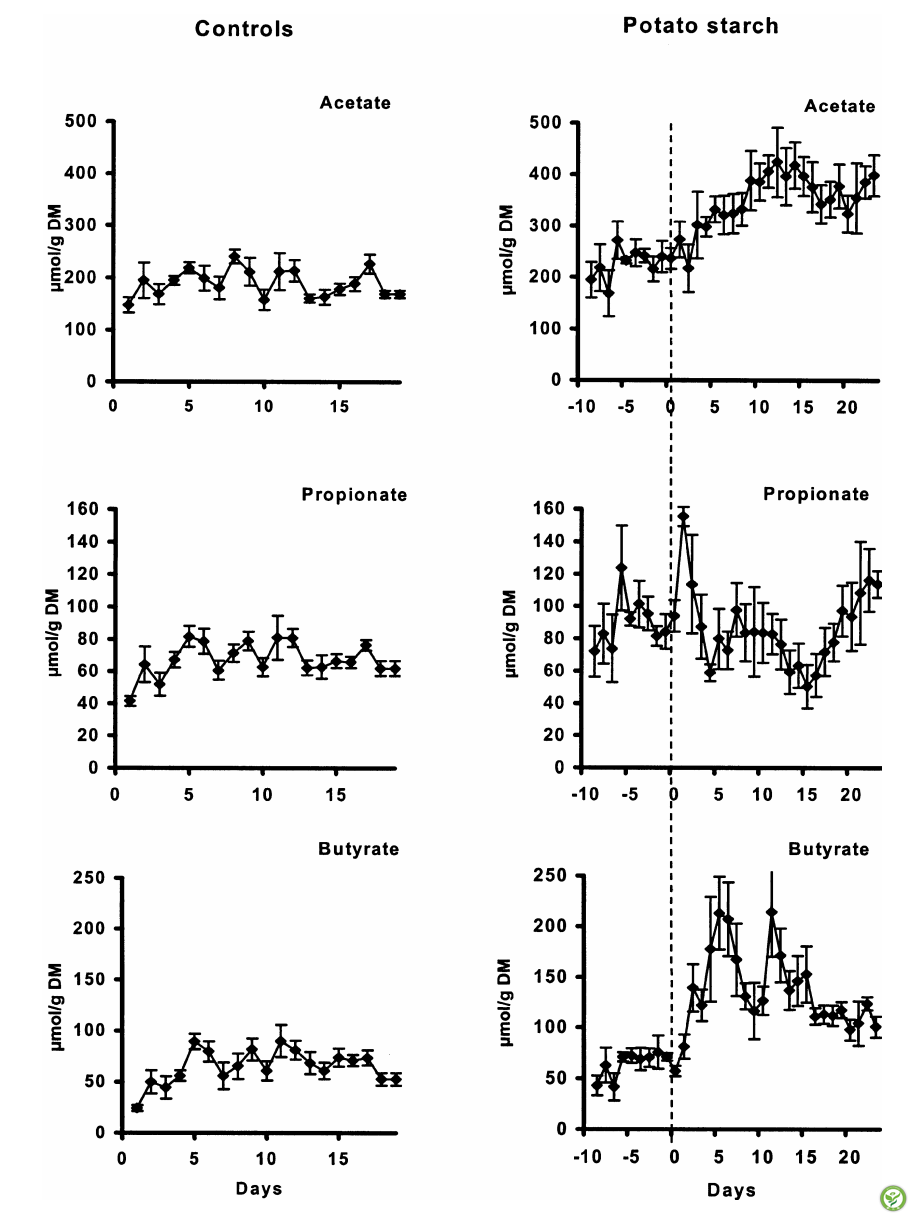
图2:取决于饲喂方式的pH值(平均值±标准误)。马铃薯淀粉组中的垂直虚线表示日粮的变化。在马铃薯淀粉组中,19天期间之前是参考期(10天)和5天适应期。马铃薯淀粉组显著降低pH值(P <0.001)。
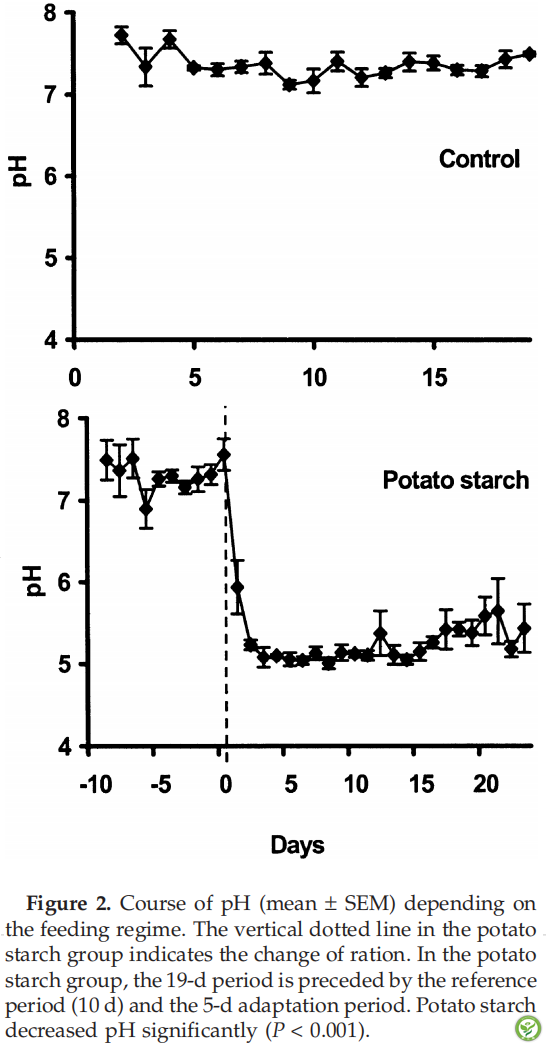
表2:马铃薯淀粉组(PS)和对照组的结肠隐窝中的细胞有丝分裂和凋亡活性
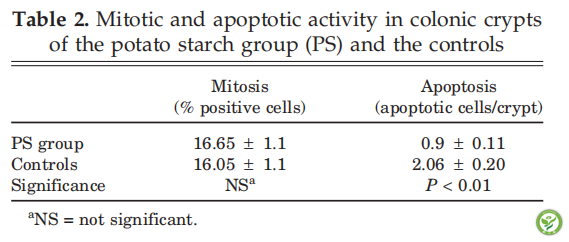
图3:对照组和马铃薯淀粉(PS)喂养猪的粪便中的粪臭素浓度(平均值±标准误)。垂直虚线表示PS组中PS喂养的开始。在PS组中,19d时段之前是参考时段(10天)和5d适
应期。对照组的浓度持续增加,但平均浓度与PS组阉猪的参考期没有显著差异。PS组粪臭素浓度下降显著(P <0.001)。
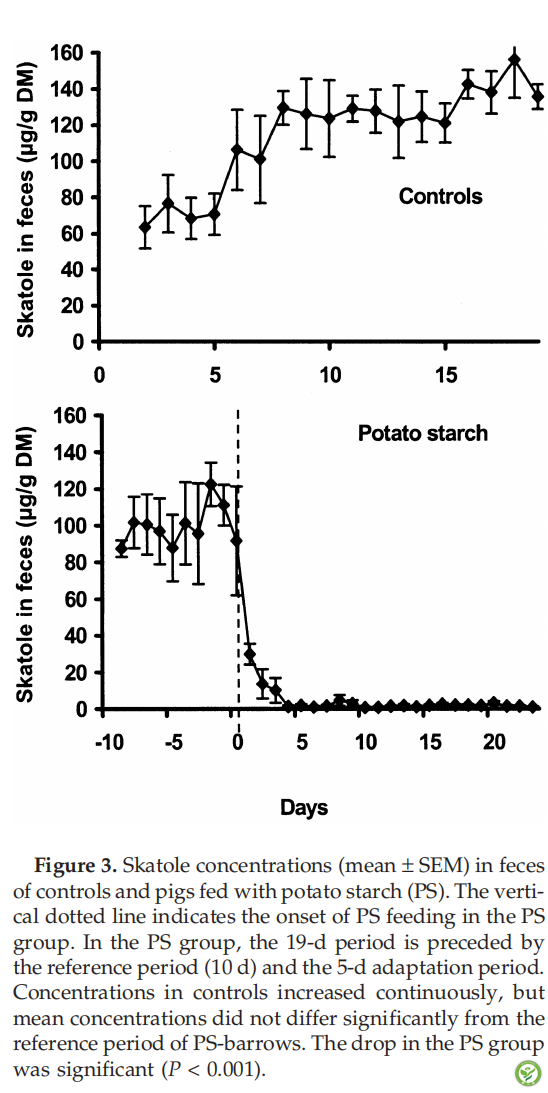
图4:对照组和马铃薯淀粉组的血浆中的粪臭素浓度(平均值±标准误)。垂直虚线表示PS组的饮食变化。在PS组中,19d时段之前是参考时段(10天)和5d适应期。对照组的浓度持续增加,但平均浓度与PS阉猪的参考期没有显著差异。PS组粪臭素浓度下降显著(P <0.001)
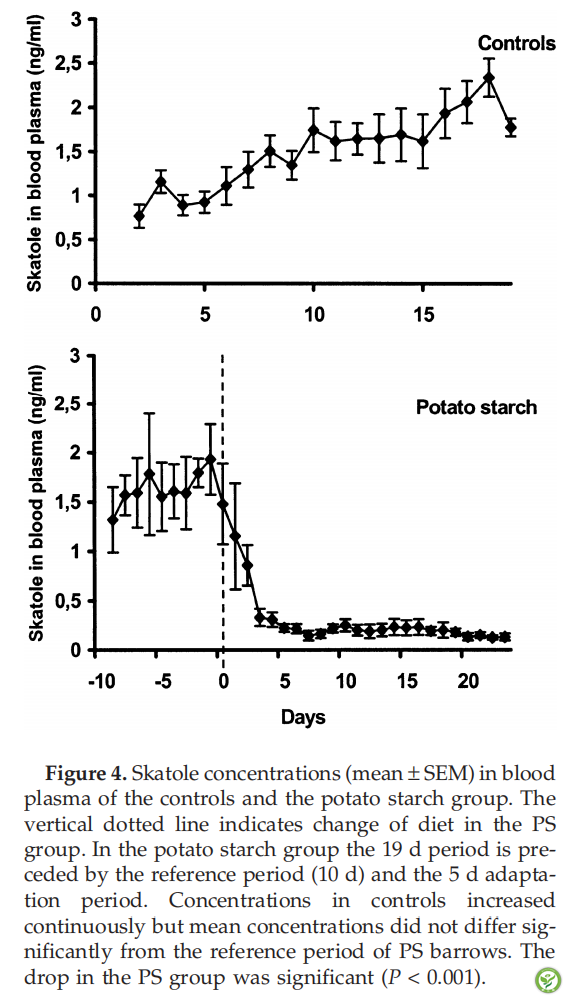
Implications
马铃薯淀粉对降低胴体中粪臭素浓度的巨大影响可能会影响猪肉的感官质量,以及大型猪场的气味排放。然而,这些方面需要额外的饲喂研究以确定实际应用,包括公猪。因为本研究中选择了大量的马铃薯淀粉来阐明生理过程,然而在农场的常规育肥条件下可能不太实用。
Abstract
Evidence exists that butyrate inhibits apoptosis of colon crypt cells in vivo so that less tryptophan from cell debris is available for skatole formation by microbes in the pig colon. In this study, potato starch containing a high proportion of resistant starch was fed to test the hypothesis that increased butyrate formation will occur in the colon and contribute to reduced epithelial cell apoptosis, thus leading to reduced skatole formation and absorption. Two groups of six barrows were provided with catheters in the jugular vein and fed either a ration with pregelatinized starch (high ileal digestibility; controls) or potato starch (low ileal digestibility; PS) as the main carbohydrate. All pigs were fed 31 MJ of metabolizable energy and 381 g of crude protein per day. The controls were fed for 19 d. The PS group received the same control ration for 10 d, and then changed to the PS ration. The total feeding period of PS consisted of a 5-d adaptation period followed by another 19 d. In the continously sampled feces, pH, short chain fatty acids, and skatole were determined. Skatole was additionally measured in blood plasma that was sampled daily. After killing barrows at the end of the feeding period, fat tissue for skatole measurement and colon tissue for histological quantification of mitosis and apoptosis were obtained. Feeding potato starch led to a rapid 2.2-fold increase of fecal butyrate when compared both with the control period of the PS group and the control group(P < 0.001). PS feeding resulted in a decrease in pH from 7.3 to 5.3 (P < 0.001) and apoptosis from 2.06 cells/crypt to 0.90 cells (P < 0.01), whereas there was no change in mitosis. Consequently, skatole decreased both in feces (controls vs PS group: 120.0 vs 1.9 g/g; P < 0.001) and in blood plasma (1.6 vs 0.2 ng/mL; P <0.001). The mean concentration of skatole in fat tissue was 167 ng/g tissue in controls, and below the detection limit (0.8 ng/g) in the PS group (P < 0.001). It is concluded that butyrate-dependent inhibition of apoptosis in the colon due to potato starch feeding efficiently inhibits skatole production in barrows. Because of the depressed skatole levels, improved sensory quality of pork is possible.
Key Words: Apoptosis, Butyrates, Colon, Pigs, Potato Starch, Skatole
Implications
The large effect of potato starch on reducing skatole concentrations in the carcass might have implications for the sensoric quality of pig meat, as well as odor emissions from large swine facilities. Such aspects, however, require additional feeding studies including boars in order to determine practical applications because the large amount of potato starch in the present study was chosen to elucidate physiological processes and might not be practical under routine fattening conditions on farms.
如您需原文,请联系本文作者和出版方,或请垂询肠动力研究院。本网站发布的所有资料将尽最大可能注明出处、作者及日期,如无意中侵犯了您的知识产权,请来信及时告知,我们将立即予以删除。
All information released by the WeChat Official Account will do its best to indicate the source, author and date. If we inadvertently infringe on your intellectual property, please inform us in time and we will delete it immediately.





